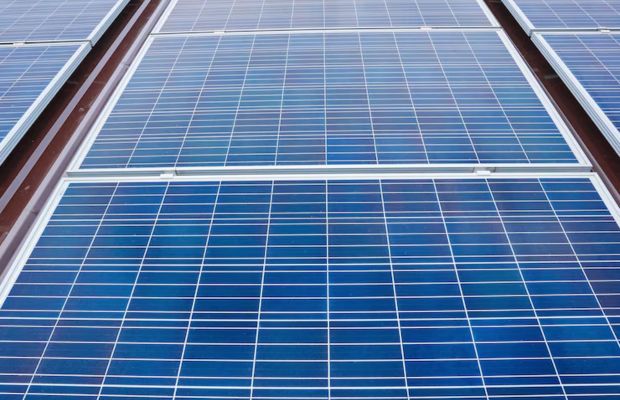In a groundbreaking development, the Centre for Advanced Materials (CAM) at Qatar University has unveiled a cutting-edge solar panel station equipped with autonomous dry-cleaning technology. This innovative project, detailed in the latest QU Research Magazine by CAM director Prof Mohammad Refa’at Irshidat, promises to revolutionize renewable energy efficiency within the university campus.
The primary challenge addressed by this project is the accumulation of dust on solar panels, which significantly hampers their performance in Qatar’s arid climate. Led by Prof Irshidat and his team including Dr Zubair Ahmad and Dr Kishor Sadasivuni, the initiative introduces two autonomous cleaning systems. One utilizes a miniaturized wind turbine to power a self-sufficient dry-cleaning mechanism, while the other employs motorized brushes that automatically detect and remove dust, ensuring optimal panel performance.
Through rigorous testing and real-time experiments in the Al Duhail area, the team observed a remarkable 5-8% improvement in efficiency for panels equipped with the self-cleaning setup compared to those without any cleaning measures. The motor-based prototype stands out for its minimal power consumption and lightweight components, offering superior efficiency over existing market solutions.
The heart of the self-sustainable cleaning prototype lies in its innovative design: a wind turbine atop the solar panel generates renewable energy to operate a cleaning brush via a gear and chain assembly. Crucially, the gears are 3D printed using advanced manufacturing techniques, which allows for precise control and customization of their design.
Moreover, the motor-based system integrates a dust detection sensor that triggers the cleaning process upon detecting dust accumulation. This ensures the panels remain clean without the need for constant human intervention, making it ideal for both new installations and retrofitting older panels.
Prof Irshidat emphasized that these prototypes are versatile, designed to work effectively on flat or tilted panels, and adaptable for various installation sizes from small setups to large, unattended installations in remote areas.
The technology also boasts non-abrasive cleaning, preserving the integrity of the solar panel glass surface while maintaining high cleaning efficiency. Its simplicity, robustness, and low power consumption make it a viable solution for regions where water scarcity prohibits traditional cleaning methods.


